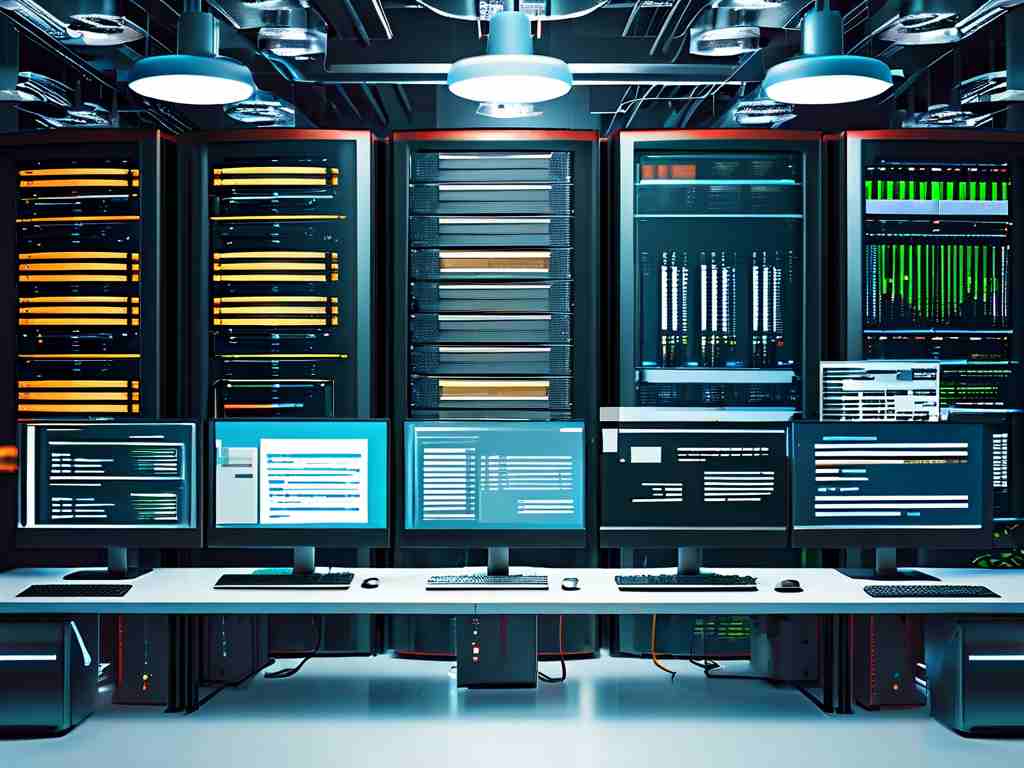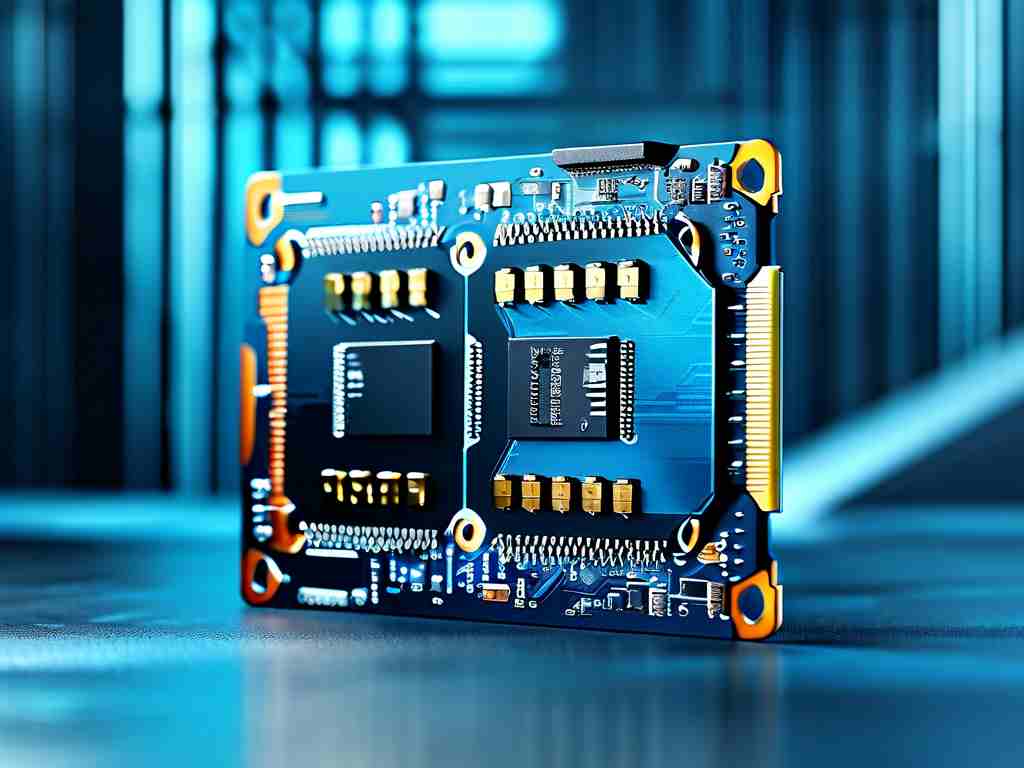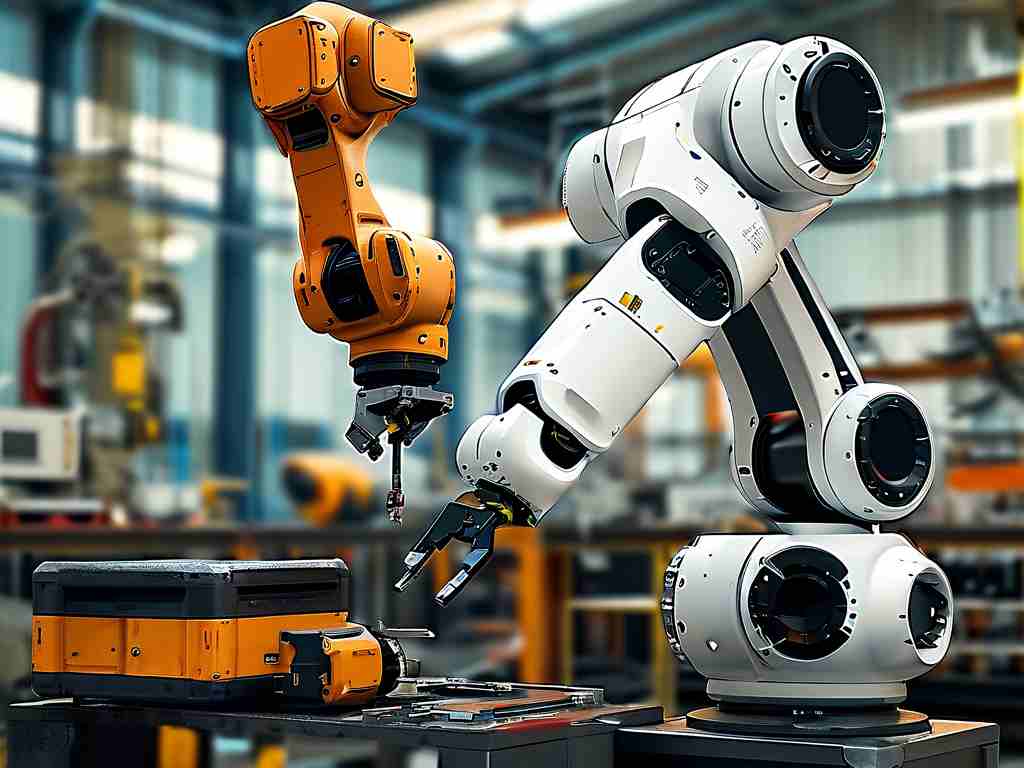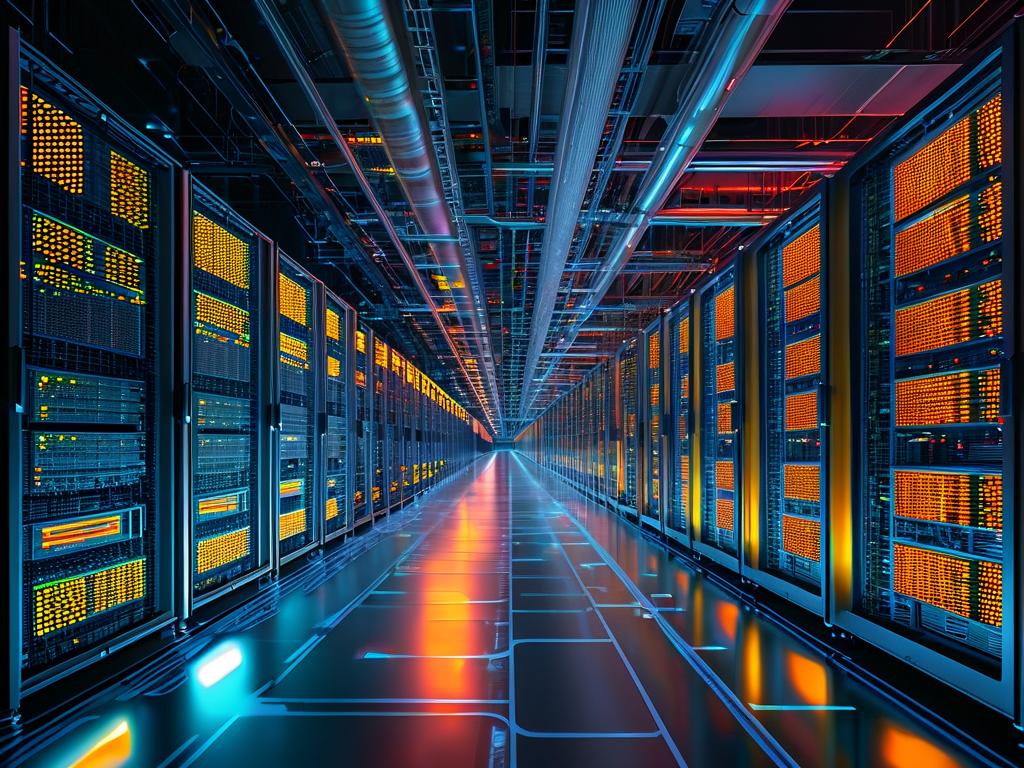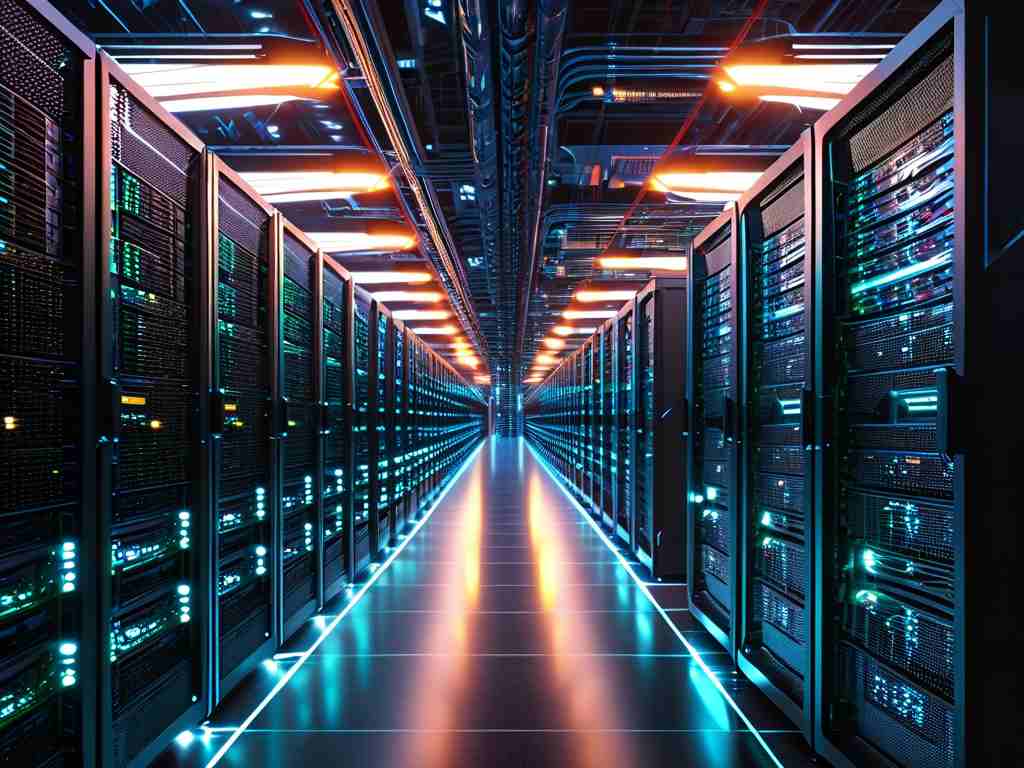In the era of digital transformation, businesses are increasingly adopting intelligent automation deployment solutions to streamline workflows, reduce operational costs, and enhance scalability. This article explores how these cutting-edge systems are reshaping IT infrastructure, the challenges they address, and their implications for future technological advancements.
The Rise of Intelligent Automation
Intelligent automation deployment combines artificial intelligence (AI), machine learning (ML), and robotic process automation (RPA) to create self-optimizing systems. Unlike traditional deployment methods, which rely heavily on manual intervention, intelligent automation enables organizations to:
- Automate repetitive tasks: From server provisioning to software updates, AI-driven tools handle routine operations with minimal human oversight.
- Predict and resolve issues: Machine learning algorithms analyze historical data to anticipate system failures or bottlenecks, enabling proactive maintenance.
- Scale dynamically: Cloud-native automation tools adjust resources in real time based on workload demands, ensuring optimal performance.
A 2023 Gartner report highlights that companies leveraging intelligent automation reduce deployment errors by 68% and cut downtime by 45%. For instance, a global e-commerce giant reduced its deployment cycle from weeks to hours by integrating an AI-powered orchestration platform.
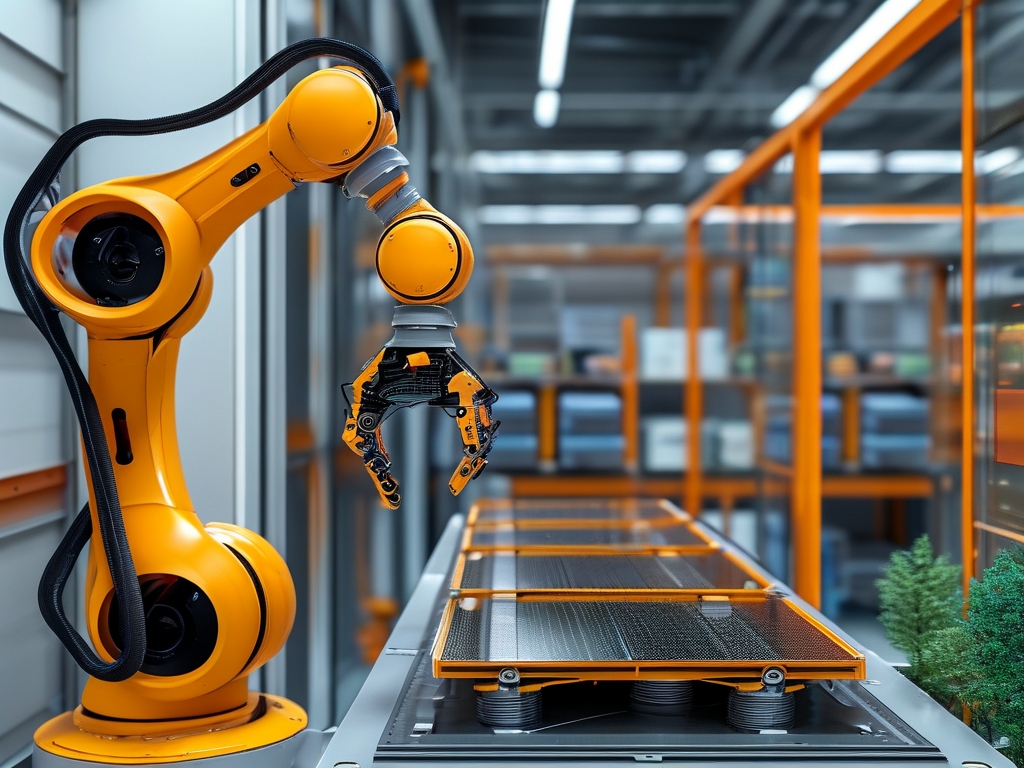
Key Components of an Intelligent Automation Framework
- AI-Driven Orchestration Engines: These platforms manage workflows across hybrid cloud environments, ensuring seamless integration between legacy systems and modern microservices.
- Self-Healing Systems: Embedded ML models detect anomalies-such as memory leaks or unauthorized access-and initiate corrective actions without human intervention.
- Continuous Integration/Continuous Deployment (CI/CD) Pipelines: Automated testing and deployment pipelines accelerate software delivery while maintaining compliance with security protocols.
Challenges in Implementation
Despite its benefits, adopting intelligent automation poses challenges:
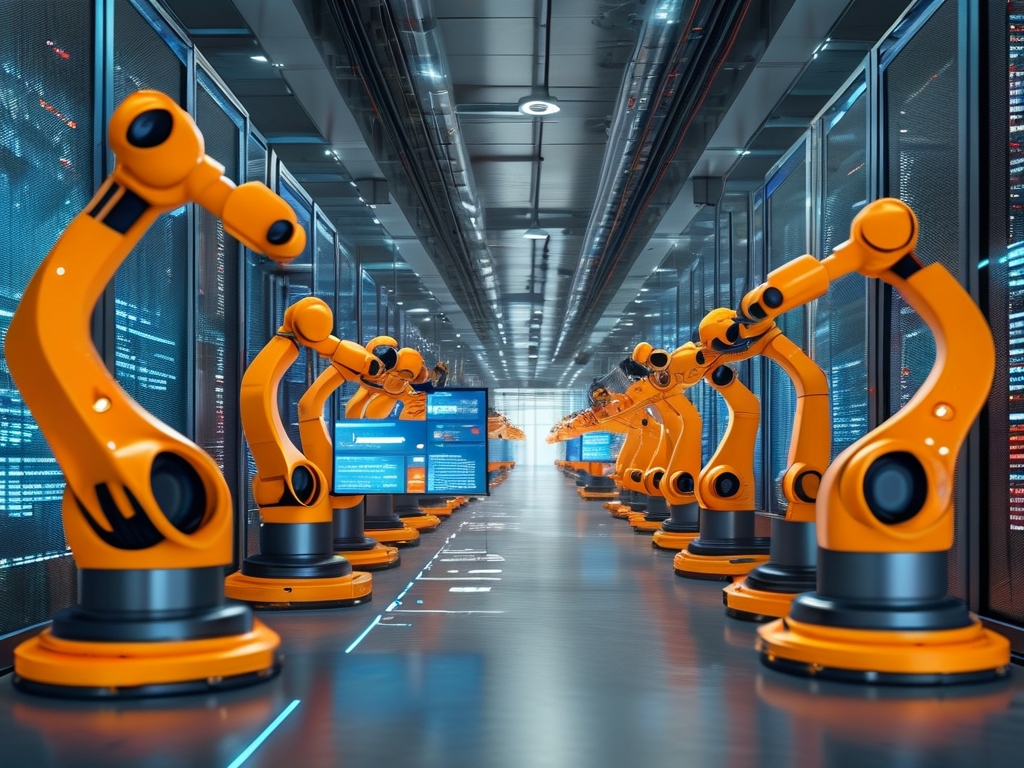
- Complexity of Integration: Legacy systems often lack APIs or modular architectures, making automation difficult.
- Skill Gaps: Organizations struggle to find professionals proficient in both DevOps and AI/ML technologies.
- Security Risks: Automated systems can become targets for cyberattacks if not properly secured.
To mitigate these risks, experts recommend phased rollouts, starting with low-risk processes like log analysis or backup management.
The Future of Automation
As generative AI and edge computing evolve, intelligent automation will expand into new frontiers:
- Autonomous DevOps Teams: AI agents could independently manage entire deployment lifecycles, from coding to monitoring.
- Ethical AI Governance: Frameworks will emerge to ensure transparency and accountability in automated decision-making.
Intelligent automation deployment is no longer a luxury but a necessity for businesses aiming to stay competitive. By reducing human error, accelerating time-to-market, and enabling scalable solutions, this technology empowers organizations to focus on innovation rather than maintenance. As industries embrace this paradigm shift, the next decade will witness unprecedented efficiency gains across sectors-from healthcare to finance.
Investing in intelligent automation today is not just about keeping pace with technology; it's about redefining what's possible tomorrow.



